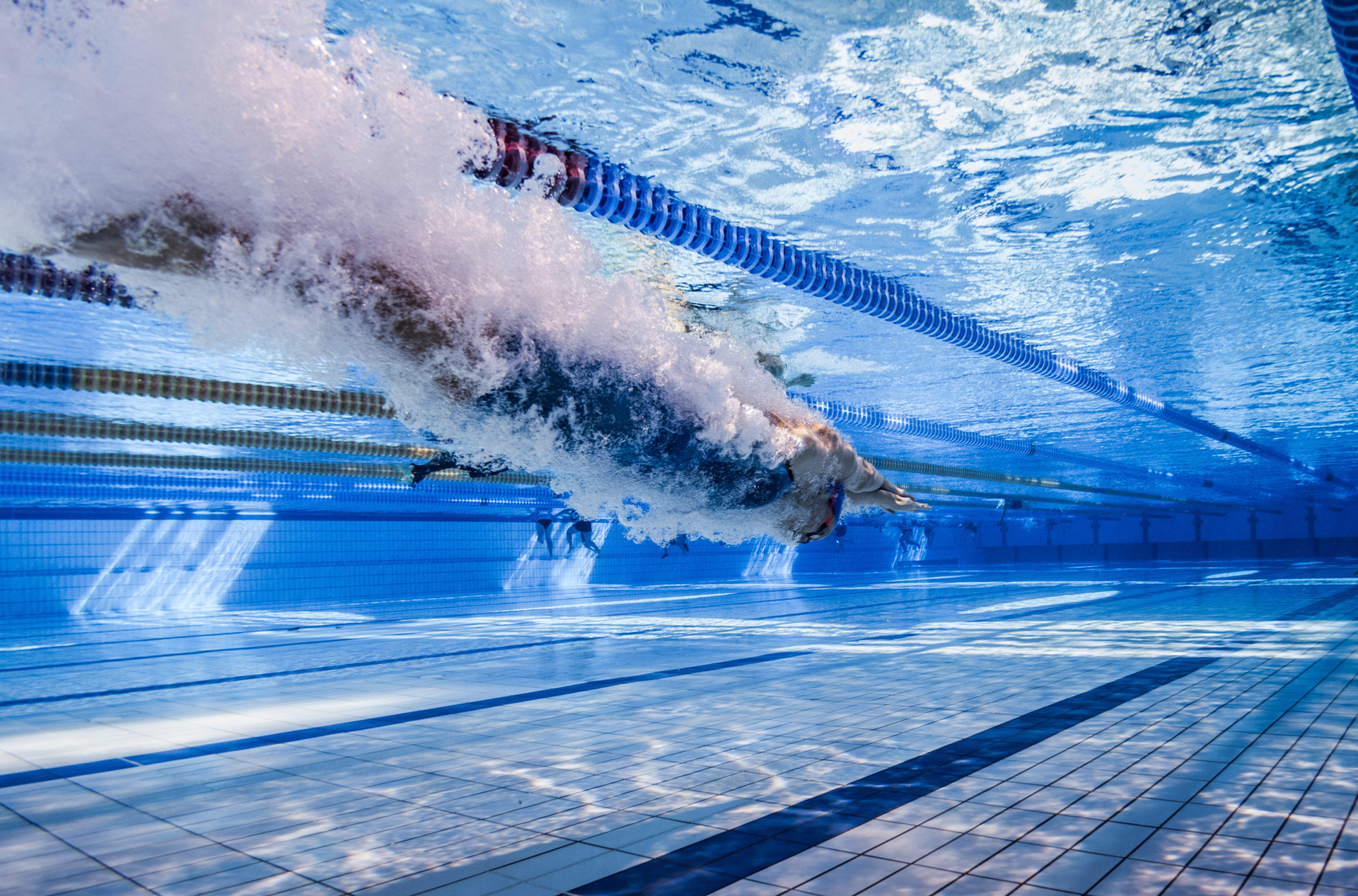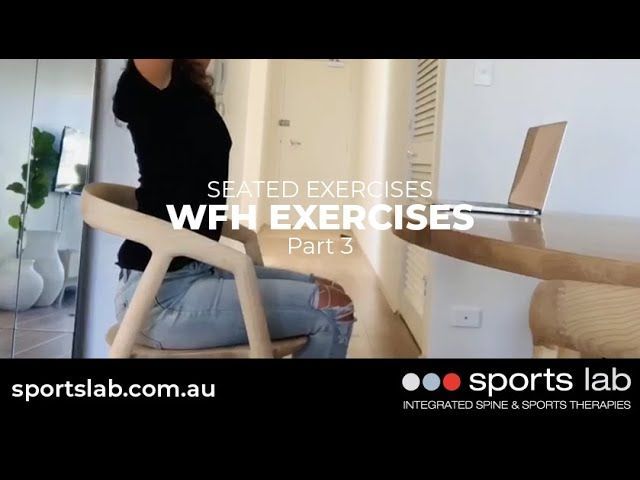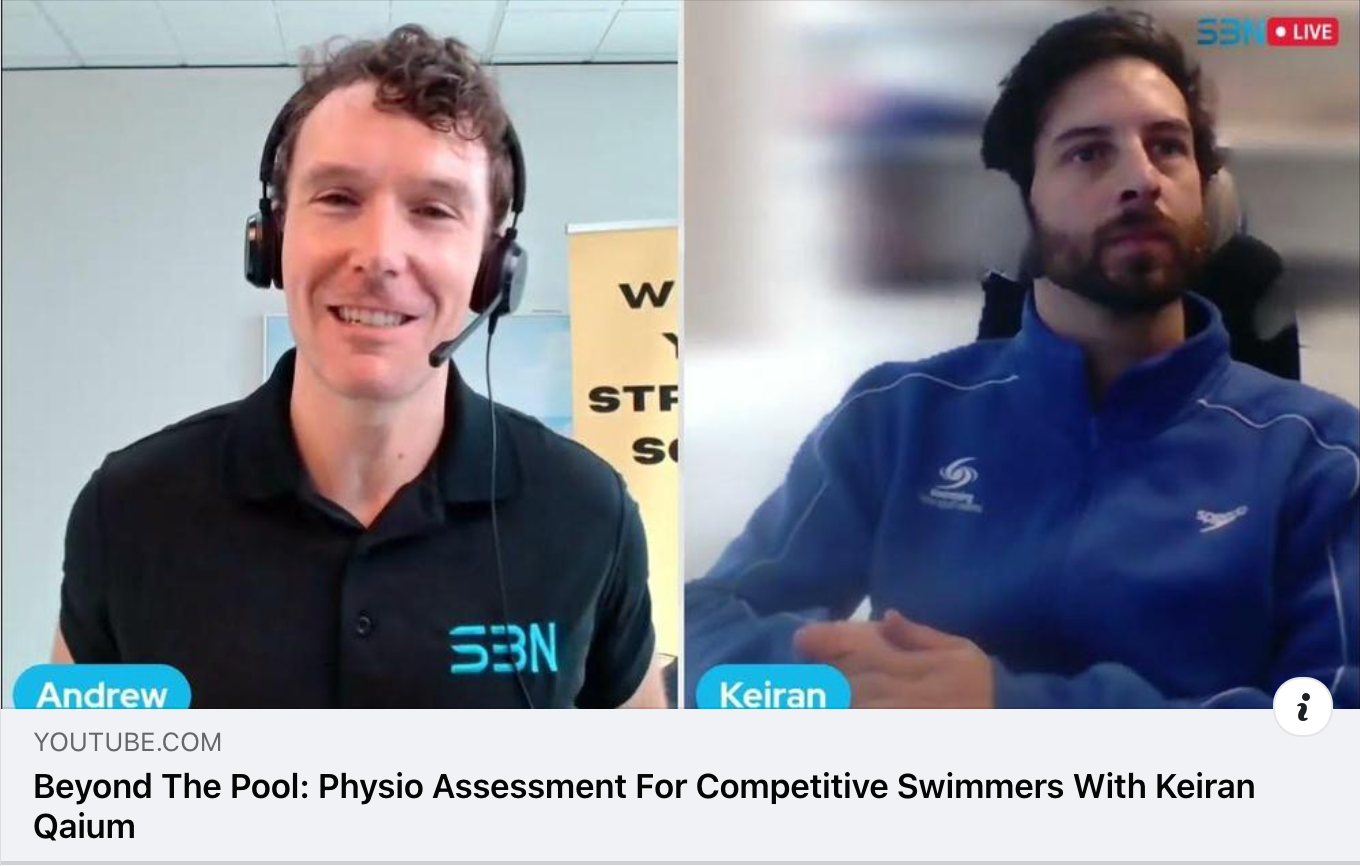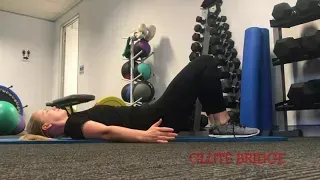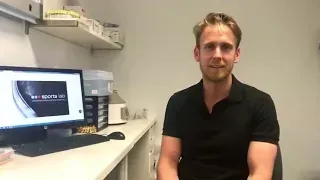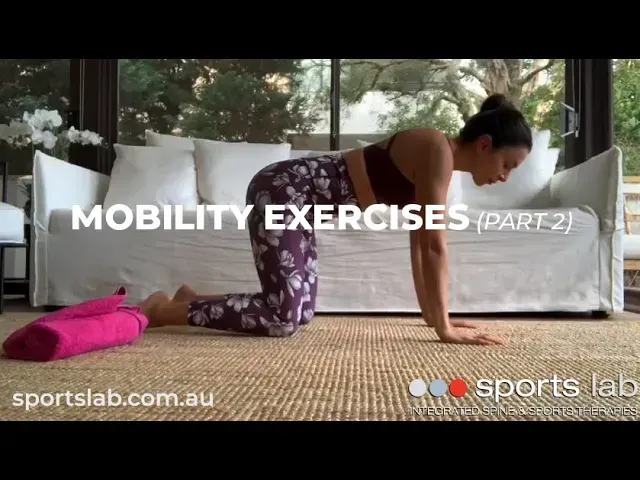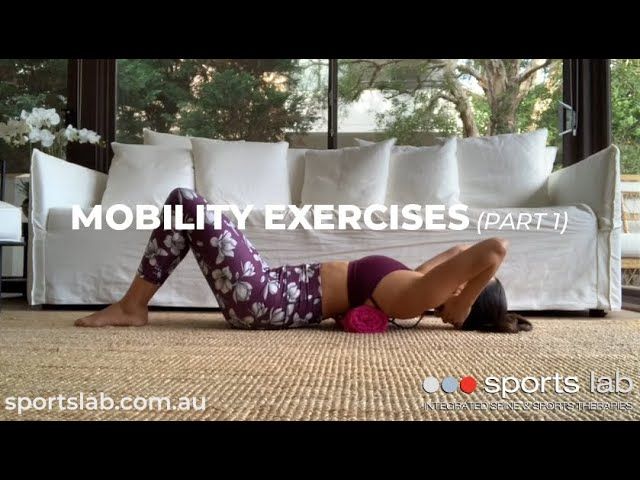Swimmer’s Shoulder – How to Avoid it Happening to You
Being a former competitive swimmer and coach I spent many years getting up at the early hours of 4:30am to get to the pool on time to start training. To most people that might seem like one of the big drawbacks to being a swimmer, however from my experience, the hardest part were my formative years of being out of the pool when injuries prevented me from training and competition. Although the pool is a non-weight bearing environment, some people are unaware of the high number of injuries there are associated with the sport and during my time I received little warning despite having a technically sound stroke. In fact, a study revealed that between 40-91% of elite swimmers age 13 to 25 reported at least one episode of shoulder pain.
THE SHOULDER
The shoulder offers unrivalled mobility due to its structural advantage, which is classified as a ball and socket joint. It creates the greatest amount of forward propulsion during your stroke, which is most apparent through the use of internal rotation and adduction. Consequently, training aims to push athletes to their limits, which in swimming can lead to fatigue across several areas including the rotator cuff, upper back, serratus anterior and pectoral muscles. When these muscles become exhausted the shoulder has decreased stabilization of the humeral head. Considering that one training session can involve thousands of shoulder revolutions, it’s easy to understand how this can manifest in to an overuse injury from repetitive micro trauma. If this dysfunctional movement and associated damage goes untreated, it can lead to injuries such as articular impingement of the anterosuperior labrum, rotator cuff tendonitis, bursitis and damage to the glenoid labrum and surrounding ligaments.
What can WE do for you at Sports Lab?
1 – Identify early signs and symptoms of shoulder injury with orthopaedic and functional assessment.
2 – Provide you with manual therapy to return shoulder and spinal range of motion back to normal with adjustments, mobilisations and muscle releases
3 – Restore scapular control with activation and strengthening exercises.
4 – Rehabilitation and conditioning of the shoulder by strengthening the rotator cuff
What can YOU do?
1- Tell your coach, trainers, Sports Lab therapist of your shoulder pain so you can closely monitor your condition.
2 – Change your stroke; go back to bilateral breathing patterns,
3- Have more postural changes eg, switching to backstroke to reduce the load through the front of the shoulder and strengthen scapular stabilizers
4 – Avoid crossing your hands past your body’s mid line with hand entry and underwater pull phase
5 – Reduce the use of hand paddles, which create extra load through the shoulder capsule
6- If there are any signs of inflammation or pain, simply follow the RICE protocol of Rest, Ice, Compression and Elevation over the affected area for 20mins, every 2hrs. 2
